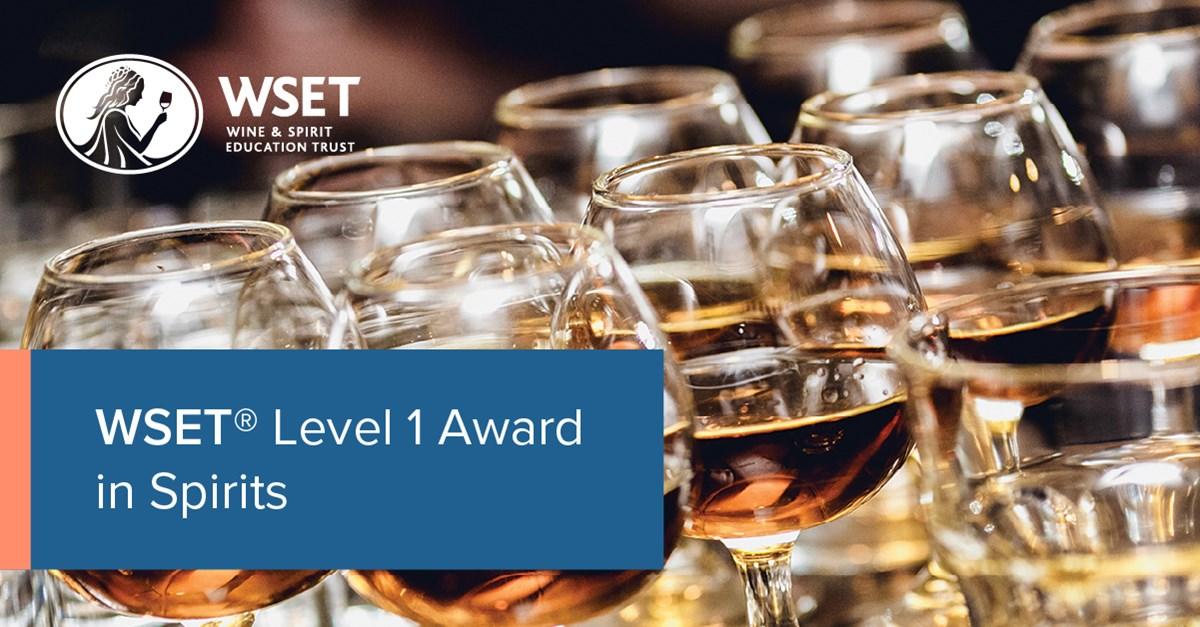Attached my study note for WSET Level 1 Award in Spirits. I have also included a mini Q&A that posted answers to questions that I have raised while studying the course material. The material presented in Q&A might not be relevant to the examination and at times might not be included in the course material.
This section contains comparison of the different spirits type in terms of locations, raw materials, fermentation process, distillation, post-distillation, aromas, flavor, blending, colors, sweetness and other short notes.
| Type | Cognac | Vodka | Whiskey | Scotch Whiskey | USA Whiskey |
| Location | Only South-West of France, North of Bordeaux | Anywhere in the world | Made throughout the world with best known region Scotland, USA, Ireland, Canada, Japan | Must be distilled in Scotland and aged for a minimum of 3 years. We can have single malt or blended whiskey | Bourbon can be made anywhere in USA. Tennessee whiskey can only be made in Tennessee. Most whiskey are made in Kentucky. Both are the border states divided by their loyalties during the American Civil War. |
| Raw Material | Grapes | Any raw material, more popular types are grains based : 1. barley 2. wheat 3. rye 4. potatoes | Must be made of grains Most important one are: 1. barley 2. corn 3. rye | Single Malt :100% malted barley. Blended Whiskey: blend of malt whiskies and grain whiskies from different distilleries | 1. For Bourbon 51% must be corn. Others can be barley and rye. 2. For USA Rye Whiskey, 51% of the grain must be Rye. Rye from other countries varies in compositions. |
| Fermentation | Fermenting grape juice | Fermenting sugarly liquid from raw material | Starch are converted into sugar before fermentation can start. 1. Malting [add water to start barley grow and than use hot air to stop the growth] 2. Crushed and mixed with water , yeast (enzymes) and maybe others grains | ||
| Distillation | By law, double distilled in pot still | Neutral spirit 95% abv (USA) 96% abv (Europe) using column still | Either Column or pot can be used if not limited by law | Single Malt Whiskey : Pot stills, and for single malt it comes from only single distillery. Blended Whiskey : Column still for grain base whiskey, malt based whiskey is from pot stills | Typically using column still |
| Post-Distillation | Must be aged in oak barrels for at least 2 years | Unaged and reduced to bottle strength of 40% abv | Aged in oak and blended typically, diluted to typically 40% abv for bottling | 1. For both Rye and Bourbon whiskey in USA, it has to be aged in new charred oak barrel. 2. Tennessee Whiskey needs to pass through acharcoal filter before putting into oak | |
| Aroma | Fruity and Flora. Old cognac develop: 1. fruit cake 2. leather 3. wood polish | Some hint of raw materials will show on the nose and palete | Barley – Cereal Corn – Sweetcorn Rye – Spicy and peppery | Blended : light aroma intensity and smooth texture | Rye : Spicy Peppery |
| Flavour | Vanilla Toast | It has no flavour | Cereal Fruits Fruit cake Flowers Honey Sweet spices SMOKE | Cereal Fruit Sweet corn Vanilla Coconut For Tennessee Whiskey, the filtering does not adds flavor. | |
| Blending | Nearly all cognac are blended | Typically blended | Single malt is not blended. Others can be e.g. Jonnie Walker Blue label | ||
| Colors | Caramels are added frequently | Clear | Caramels if necessary and permitted | ||
| Sugar | Frequently added | No | No | No | No |
| Notes | VS 2 : years VSOP :4 years XO :10 years | Vodka is a neutral spirit because at 95% abv it has no flavour. Because of this, it is good for mixed drinks and cocktails | Some pot still distilled Irish Whiskey are made on unmalted barley which has a distinct nutty and oily character. | Rye is the signature flavor of the best Canadian Whiskey. OB: Official Bottle IB: Independent Bottle Tabasco uses bourbon cask for fermentation. |

